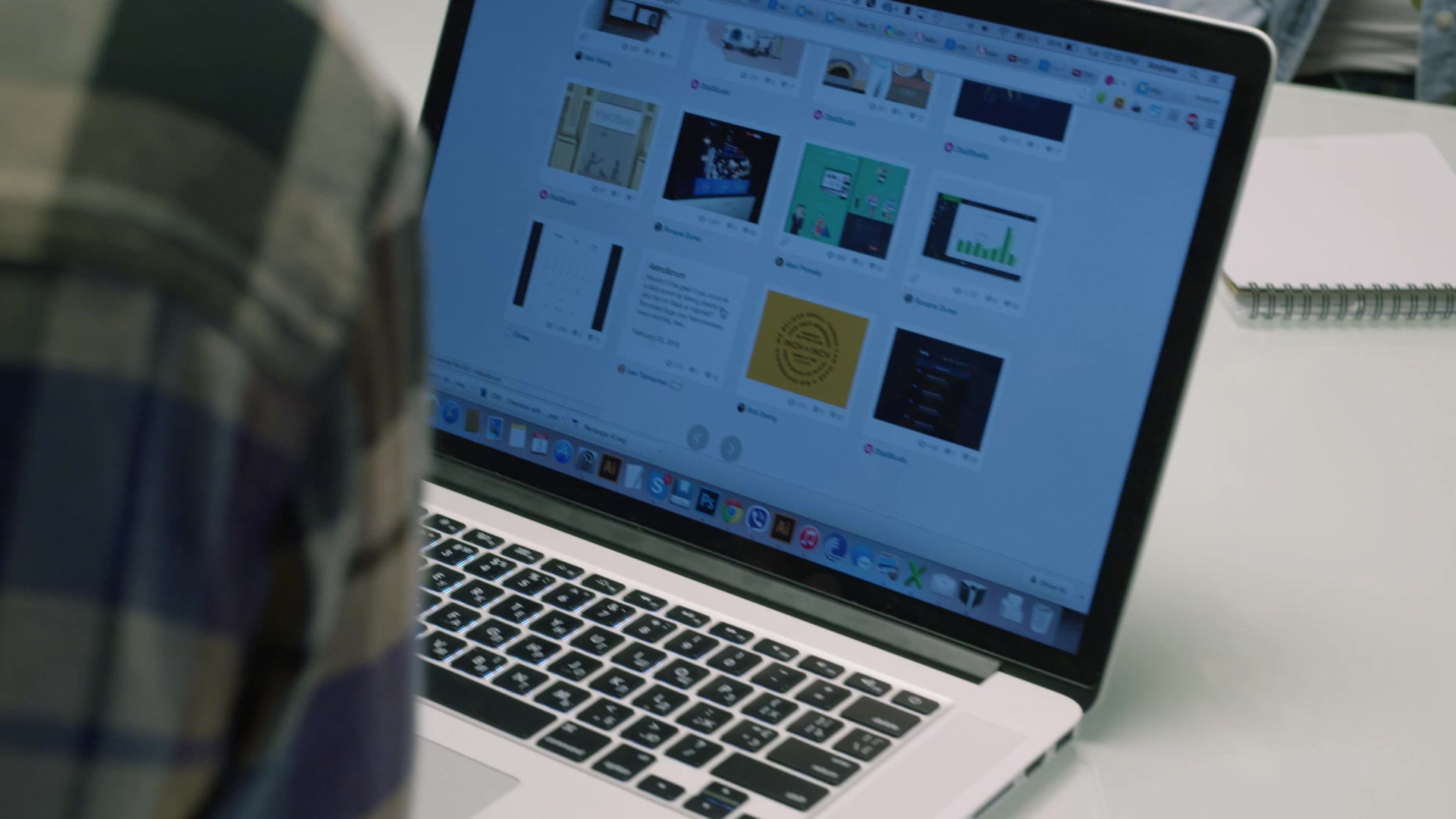Vessel Access Platforms with Integrated Pipe Support Cleats
- uesuae
- Sep 11
- 3 min read
In industrial facility design, excellence lies in the details. The integration of vessel access platforms with pipe support cleats is not just about structural connections—it's about achieving a balance between safety, accessibility, and engineering precision. This edition focuses on the design and detailing of vessel platforms that provide secure access for operations and maintenance, while also incorporating cleat-type pipe supports to manage piping loads effectively. From structural framing layouts and grating specifications to cleat positioning and load path analysis, every detail plays a vital role in performance and compliance.
Key Elements in Platform and Pipe Cleat Design
Component Breakdown
Component | Description |
Platform Structure | Typically made from structural steel (ISMB/ISMC/HEA sections), supporting grating decks. |
Grating Decking | Open steel or FRP grating to ensure drainage, slip resistance, and ventilation. |
Handrails & Toe Boards | Safety rails with a mid-rail and toe guard per OSHA/IS standards. |
Access Ladder/Stair | Designed as per frequency of access – caged ladder or staircase with 30–45° incline. |
Pipe Support Cleats | Welded/bolted angle or plate cleats fixed to structural beams or columns to secure piping. |
Cleat Location | Determined by pipe routing, load, vibration, and thermal expansion allowances. |
Fasteners & Anchors | High-strength bolts (Grade 8.8 or SS) for pipe clamps and base plate anchorage. |
Sketch Description (for Visual Aid)
If you're including a diagram, it could show:
A vertical vessel with surrounding platform
Stair access with handrails
Cleats mounted on vertical or horizontal steel members
Pipes resting on cleats with U-bolts or clamps
Labelling could include:
Platform beam
Grating
Pipe cleat
Anchor bolts
Clearance for pipe movement
Rainwater Drainage and Structural Protection
Protecting the vessel platform and pipe support structure from rainwater accumulation is essential to:
Prevent corrosion of structural steel
Reduce slip hazards on walkways
Avoid water pooling that can lead to deterioration or damage over time
Ensure long-term integrity of connections, anchor points, and cleats
Design Measures for Rainwater Management
Measure | Description |
Grating Decking | Open-type gratings (e.g., 25x5 mm bar spacing) are used for flooring to allow water to drain through immediately. |
Slope in Platform | Slight slope (~1% or 1:100) is provided in decking or support beams to guide water flow away from equipment zones. |
Drainpipes / Downspouts | For larger platforms, collection trays and downpipes may be used to drain rainwater efficiently. |
Waterproof Coating | All structural steel is hot-dip galvanized or epoxy-coated to prevent corrosion from standing water or splashes. |
Drain Holes in Hollow Sections | All pipe columns or closed box sections include drain holes at low points to prevent water from being trapped inside. |
Cover Plates Over Critical Areas | Removable covers are provided over pipe supports or cleats if exposed to direct rainfall and sensitive to corrosion. |
The integration of vessel platforms with pipe support cleats is a critical aspect of safe, efficient, and maintainable industrial design. By focusing not only on structural strength and access requirements but also on detailed elements such as cleat positioning and rainwater drainage, engineers can deliver solutions that are both functionally effective and long-lasting. Attention to design detailing, including open grating for drainage, protective coatings, and slope provisions, ensures that the structure remains durable and safe under various environmental conditions.
**The content of this article is taken from web open source. The blogs are intended only to give technical knowledge to young engineers. Any engineering calculators, technical equations and write-ups are only for reference and educational purposes.*









Comments